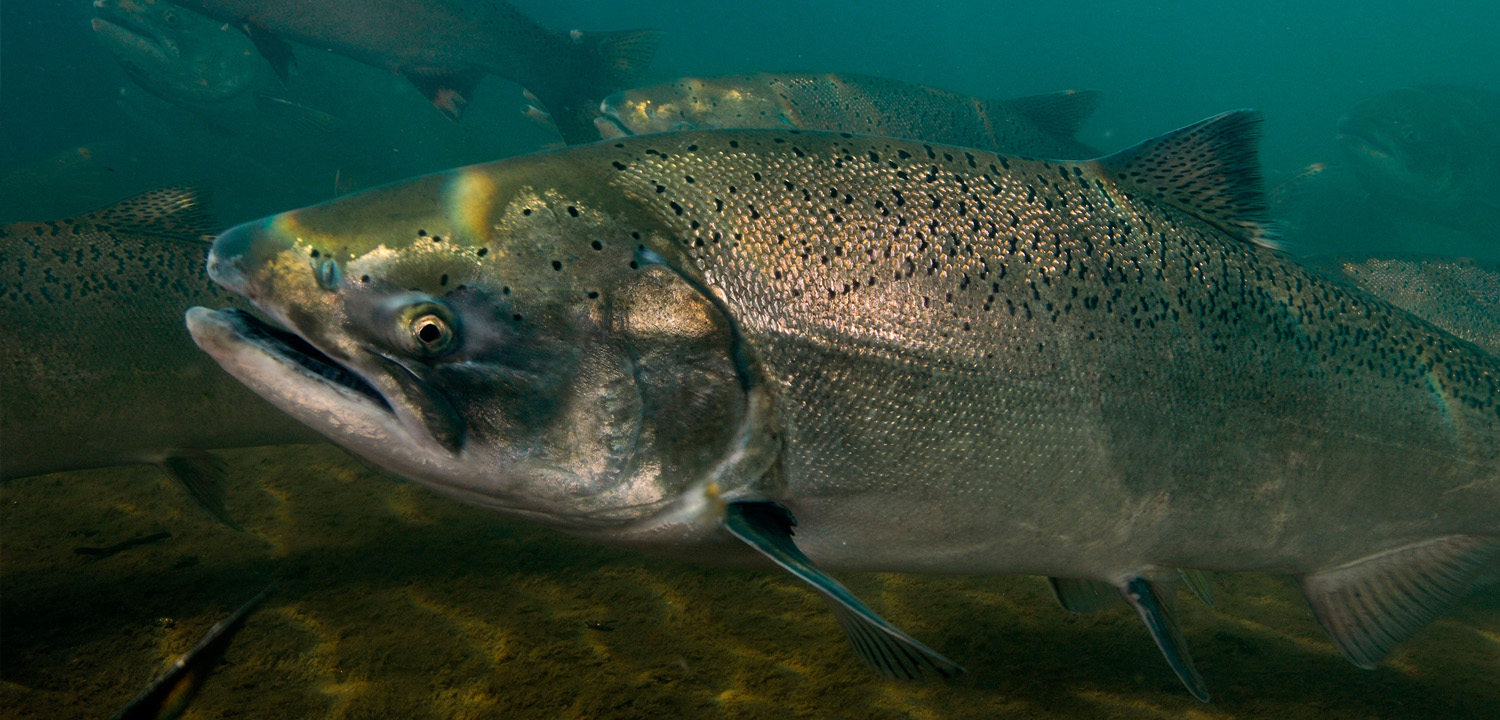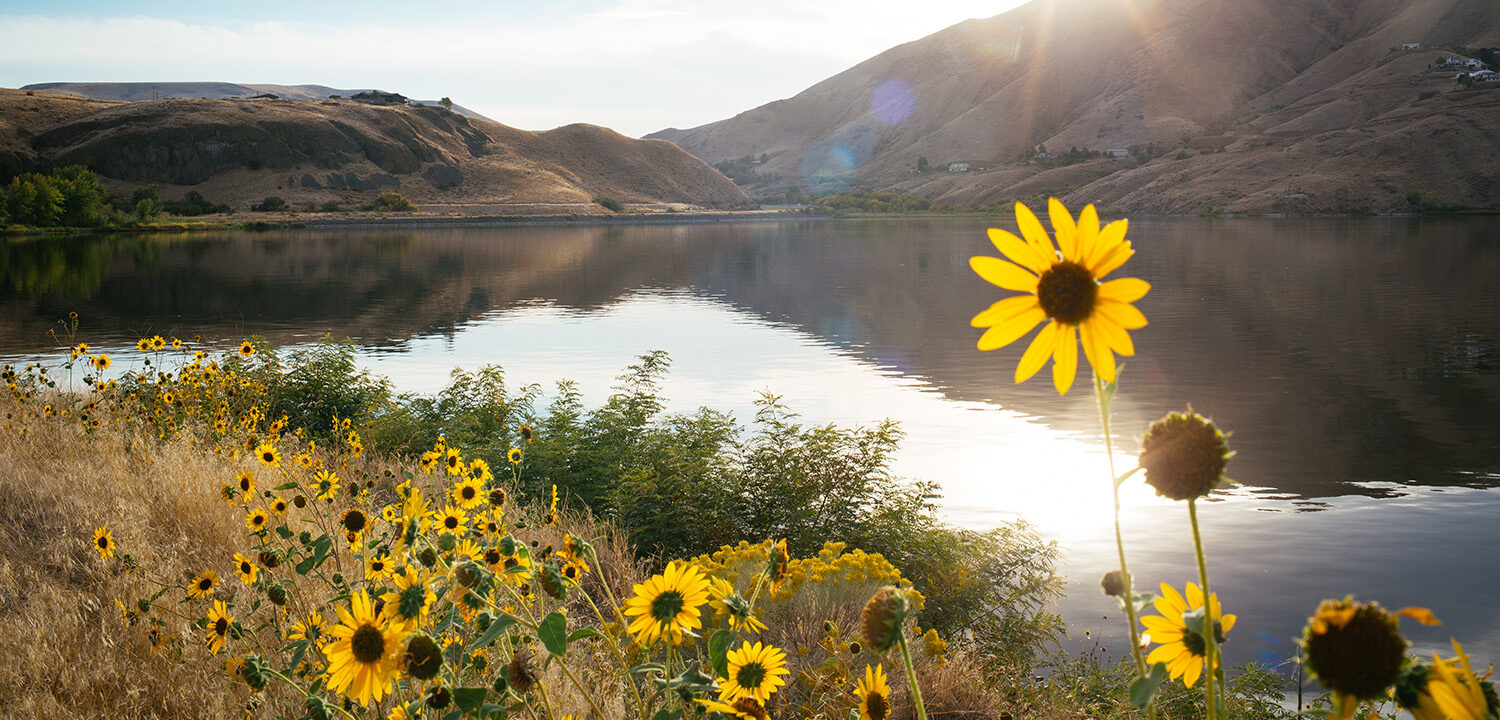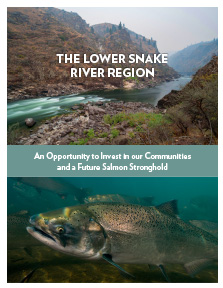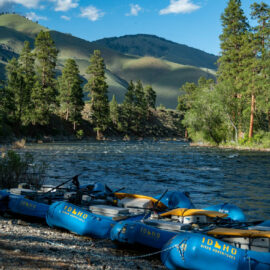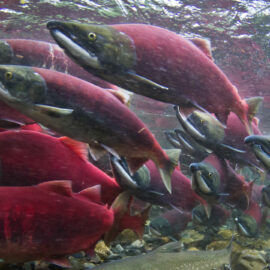In August, Washington Governor Jay Inslee and Senator Patty Murray released their recommendations on a path forward for the Lower Snake River: a path that includes removal of four dams that currently impede access to what Wild Salmon Center and our partners believe could become the Lower 48’s largest cold water salmon stronghold.
“We are grateful to Governor Inslee and Senator Murray for taking a serious look at Snake River dam removal,” says WSC Government Affairs Director Jess Helsley. “It’s time to craft a new future for the Pacific Northwest—culturally, economically, and ecologically.”
It’s time to craft a new future for the Pacific Northwest—culturally, economically, and ecologically.”
—WSC Government Affairs Director Jess Helsley
For the past several years, WSC has taken a deep dive into the issue. Our June 2021 assessment spotlighted the fact that dam removal would free 140 miles of newly accessible fall Chinook spawning and rearing habitat within the dams’ current inundation zones. In total, removal would enable unfettered access for wild fish to 30,000 tributary miles reaching far into Idaho and Northeast Oregon: a cold water stream network that could represent a large percent of the Lower 48’s suitable salmon habitat by 2080.
“This is the cold water stronghold that the Northwest needs to reverse the trends of decline we’ve seen in the last quarter century—a fish buffer to counter the effects of climate change,” Helsley says.
WSC’s assessment on the Lower Snake Region also outlined four major developments in the region that collectively point to an imminent need for dam removal:
- Wild Snake River salmon and steelhead are now on a path to extinction, as both juveniles and adult salmon and steelhead consistently fail to make it through the dams’ hydropower system in sufficient numbers. (An analysis from the Nez Perce Tribe found that wild spring Chinook and summer steelhead populations declined an average of 18-20 percent every year for that last decade in the Snake River system.)
- A new generation of cheap, reliable non-hydro renewable energy now gives energy providers viable options for replacing the dams.
- Evolving agricultural operations that depend on the dams are consolidating in ownership and diversifying transportation routes.
- The Biden Administration has said it will honor historic commitments to Tribes. Conserving Snake River salmon and steelhead—and preventing them from going extinct—is a step toward honoring treaty obligations to Pacific Northwest Tribes.
Gov. Inslee and Sen. Murray’s report acknowledged that dam removal would impact the region’s current energy, transportation, and agricultural networks, and it recommended alternatives to mitigate those impacts.
Now, we’re working to build momentum in Congress to invest in the region’s future.
“This is an opportunity to rethink how these dams align with the region’s economic needs and ecological health,” Helsley says. “That’s why we’re working with Congress to direct investments across sectors throughout the Columbia Basin.”
